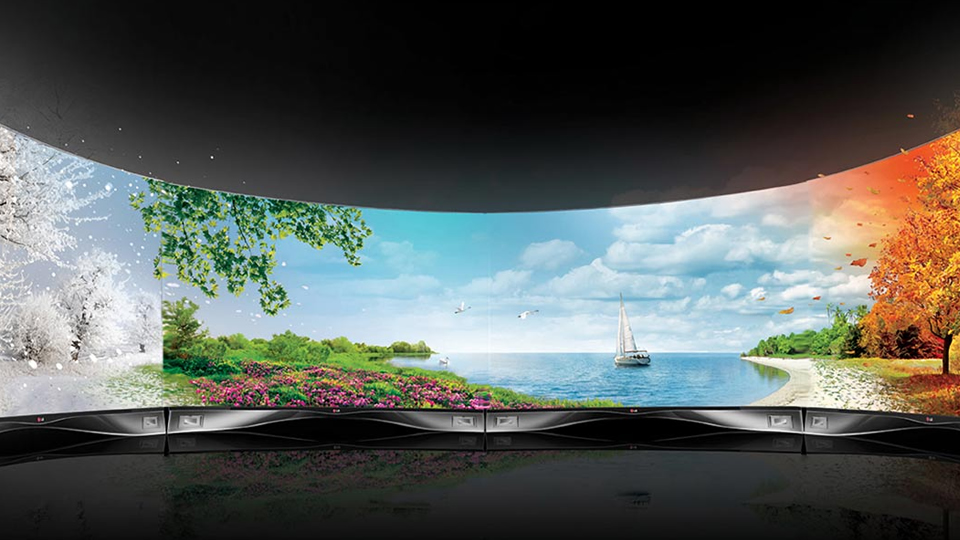The led display screen industry is witnessing a major leap forward as 8K Ultra HD resolution becomes a reality in commercial applications. From large-scale video walls in stadiums to high-end retail displays and live event stages, the demand for sharper and more detailed visuals is driving manufacturers and integrators to adopt next-generation technology.

So, what makes 8K LED display screens stand out? First, it's the resolution—7680 x 4320 pixels—which is four times higher than 4K and sixteen times sharper than Full HD. This level of detail offers incredible clarity, especially when viewed up close or across wide surfaces. It enables brands and content creators to deliver immersive visuals with true-to-life colors and crisp contrast.
Moreover, advancements in LED driver ICs, pixel pitch reduction, and processing power have made 8K led displays more accessible. Screens with pixel pitches as fine as 0.7mm are now being deployed in control rooms, broadcast studios, and flagship retail locations. These displays not only offer higher resolution but also support HDR (High Dynamic Range), resulting in richer color depth and more dynamic brightness control.
One notable benefit of 8K LED screens is their scalability. Modular panel design allows system integrators to build large-format displays while maintaining perfect pixel alignment and seamless performance. This is particularly useful for applications like virtual production sets, luxury car showrooms, and exhibition halls, where visual precision is critical.
As content production gradually moves toward native 8K formats, businesses that invest in ultra-HD LED technology now will gain a competitive edge. However, it's also important to ensure compatibility with playback systems and sufficient bandwidth for media transmission.
In conclusion, 8K LED display screens are no longer a futuristic concept—they're becoming an industry standard. As prices begin to drop and manufacturing scales up, we can expect to see 8K screens rolled out across a wide range of sectors. Companies looking to stay ahead of visual trends should start considering how to incorporate ultra-HD displays into their digital infrastructure today.

